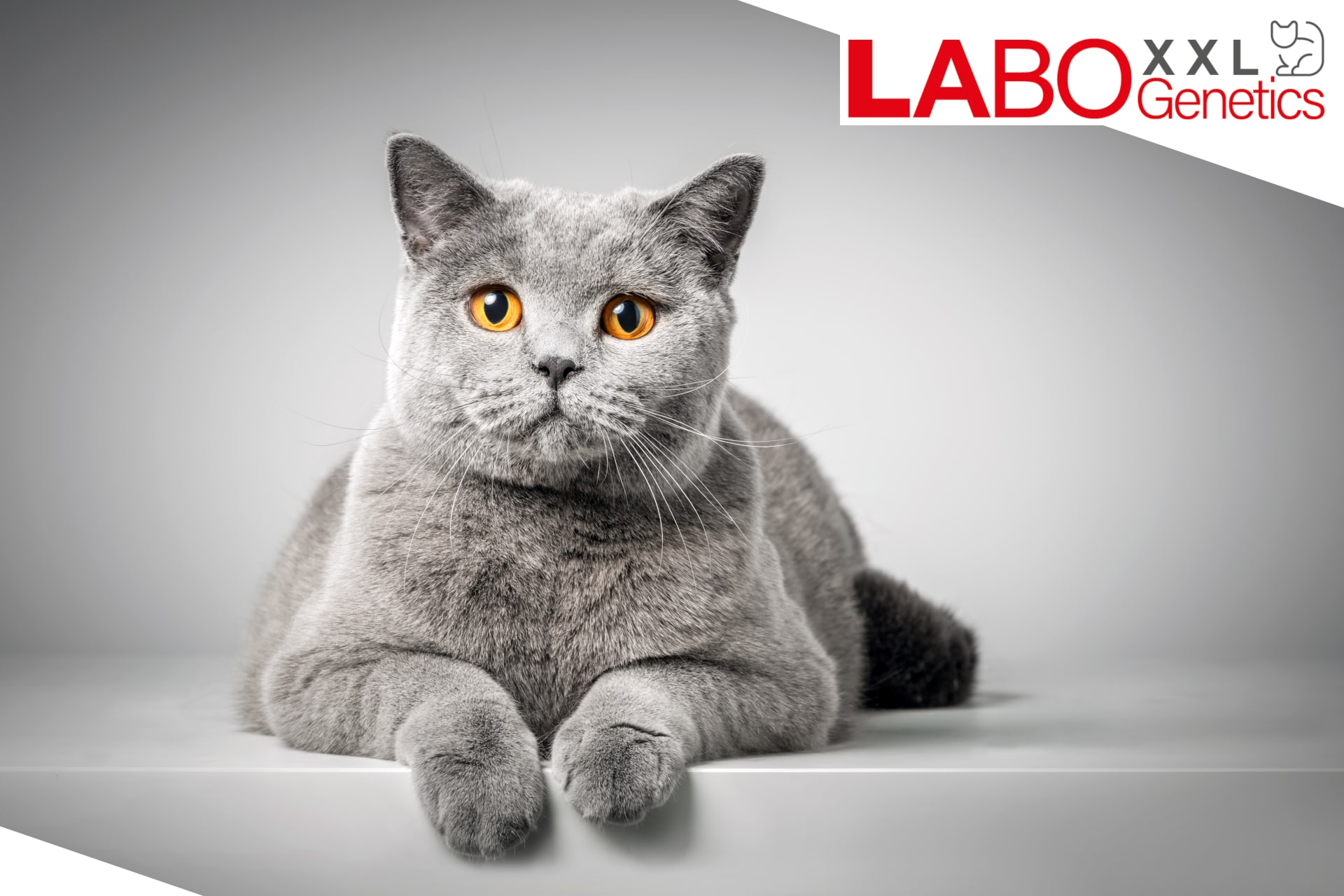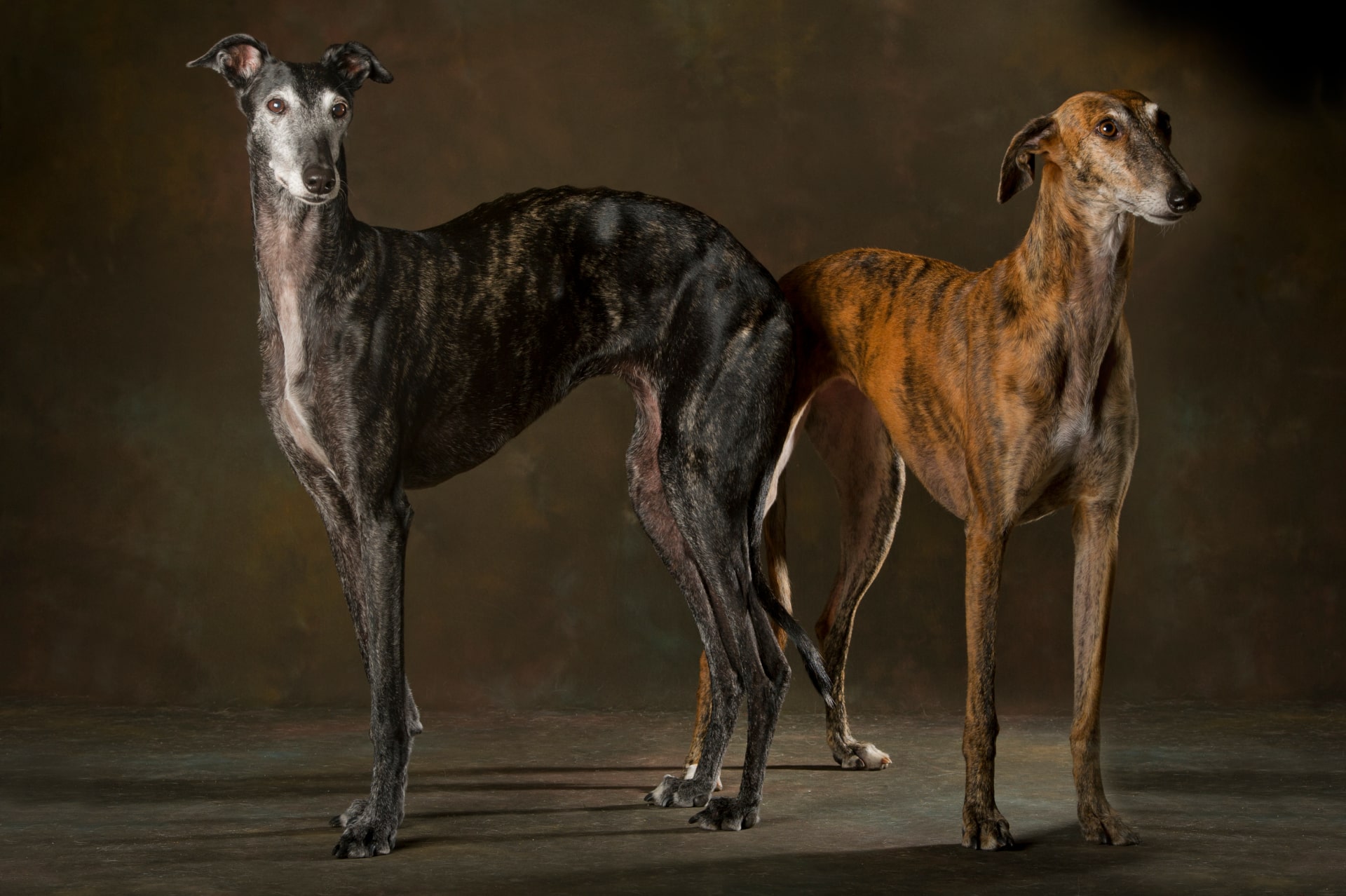New Genetic Variant for Hair Length in the Saluki Confirmed
The colour and texture of a dog’s coat is not only characteristic for many breeds and gives them their special appearance, but is also very important to us when deciding on a particular dog. The length of the hair as short or long hair makes a decisive difference here, which is sometimes the only distinguishing feature between individual breeds, or is at least defined as a variant or subpopulation within a breed.
Genetically speaking, short-hairedness is the wild-type characteristic, which can be changed to long-hairedness through various recessive variants. So if long-haired and short-haired dogs exist within a population, it is crucial to know whether short-haired dogs have one or more predispositions for long-hairedness. Short-haired dogs can be genetically homozygous for short hair and have the L/L genotype, or heterozygous carriers for long hair and have the L/l genotype. Long-haired dogs, on the other hand, are always homozygous for this trait and show the l/l genotype.
To date, five different recessive variants have been described, each of which can cause longhair individually or in combination with each other. While one of these variants can be found in all long-haired dog breeds (test: 8124 hair length I), the remaining four variants have so far only been detected in a few breeds (test: 8397 hair length II). Dogs of these breeds should therefore combine both tests to analyse the genetic hair length (test: 8291 Hair length I + II).
To avoid surprises in hair length, it is therefore important to know which of the variants can occur within a population. For the Saluki, it has now been discovered from a selected sample set and with the help of dedicated breeders that one of the rare breed-specific variants previously known for Alaskan Malamute and Samoyed may also be responsible for the long feathering of this breed. Thus, knowledge of the genotypes of all five variants is also necessary for a complete genetic analysis of the hair length in the Saluki.
The different variants are each detected individually in the genetic test and therefore all receive a separate genotype as a result, which is indicated on the findings. This gives you up to five genotypes for the five different variants. Each of these genotypes can exist in three versions: L/L homozygous shorthair; L/l heterozygous; l/l homozygous longhair
The case is simple if either all variants are L/L and the dog is therefore short-haired overall, or one of the variants is l/l and the dog is therefore long-haired overall.
Carrier results are interesting, as a variant with L/l is sufficient for the dog to inherit longhair as a carrier. If there is more than one genotype with L/l, this dog can also safely inherit longhair. In addition, it can generally be assumed that two L/l genotypes combine to form the overall l/l genotype. Dogs that have at least two L/l results for different variants are therefore normally long-haired and behave like l/l dogs in terms of inheritance (they pass on the predisposition for long-hairedness to all direct offspring).
An exception, so far only theoretical, would come into force if both variants are inherited linked on one allele. The overall genotype would then be L/l+l and the dog would be short-haired. However, this link has never been proven for hair length.
Since hair length is only one characteristic for the structure of the dog’s coat, further tests for genetic variants for curly, furnishing, shedding, double coat and other previously unknown variants that influence the coat structure must be considered for the final coat type in many breeds.





